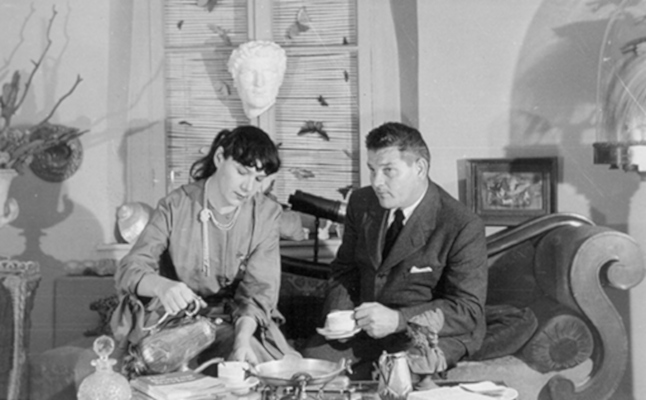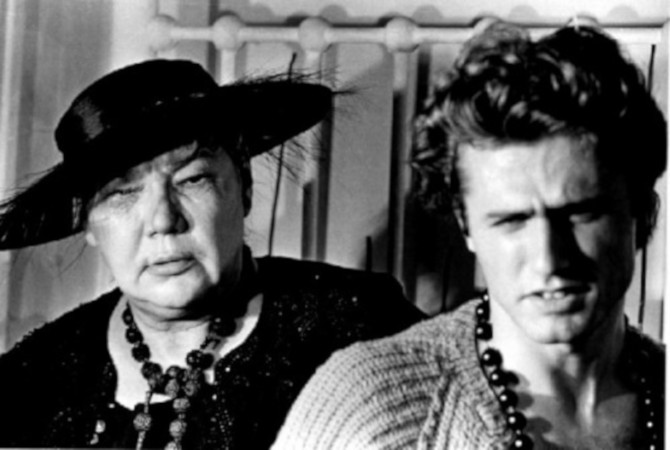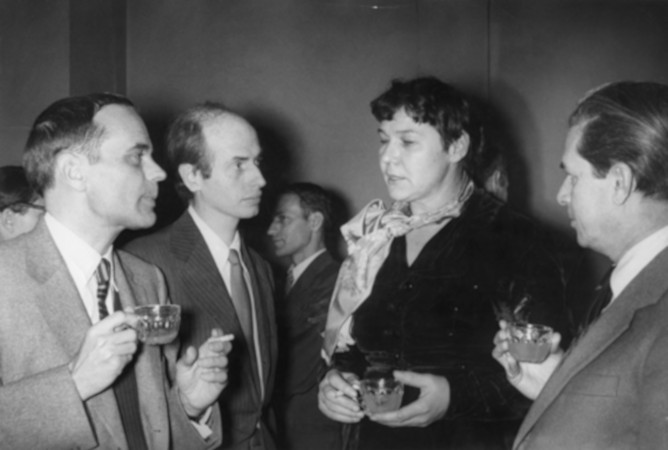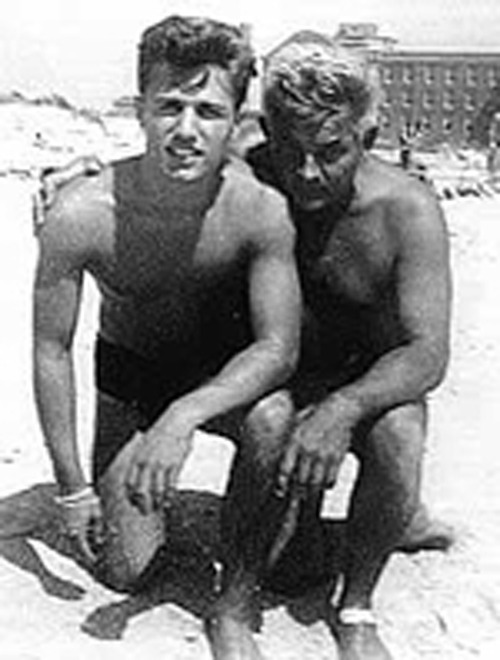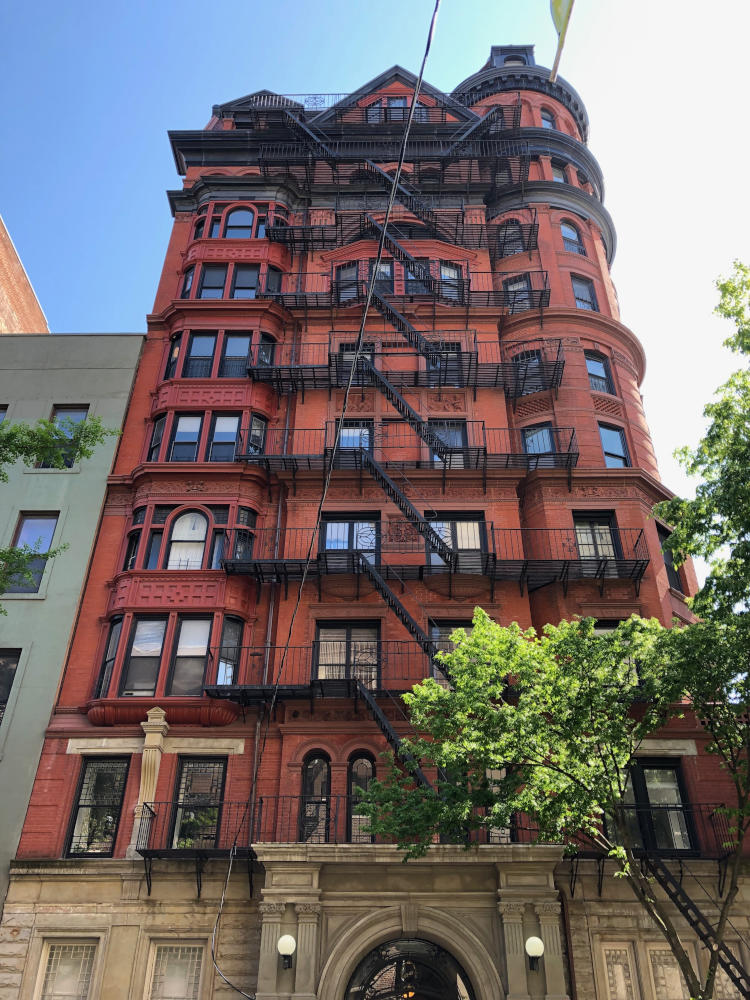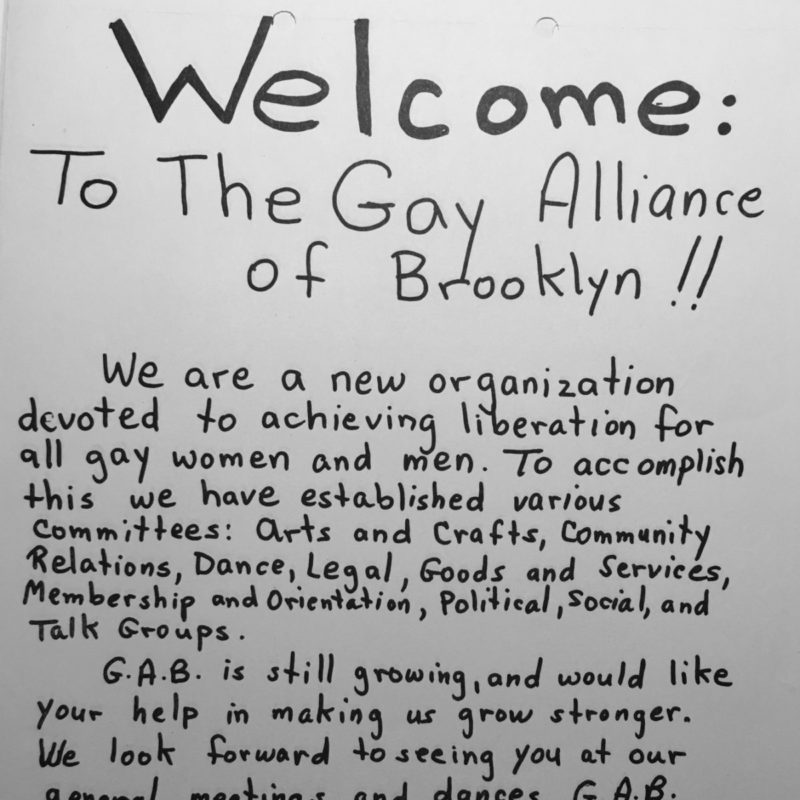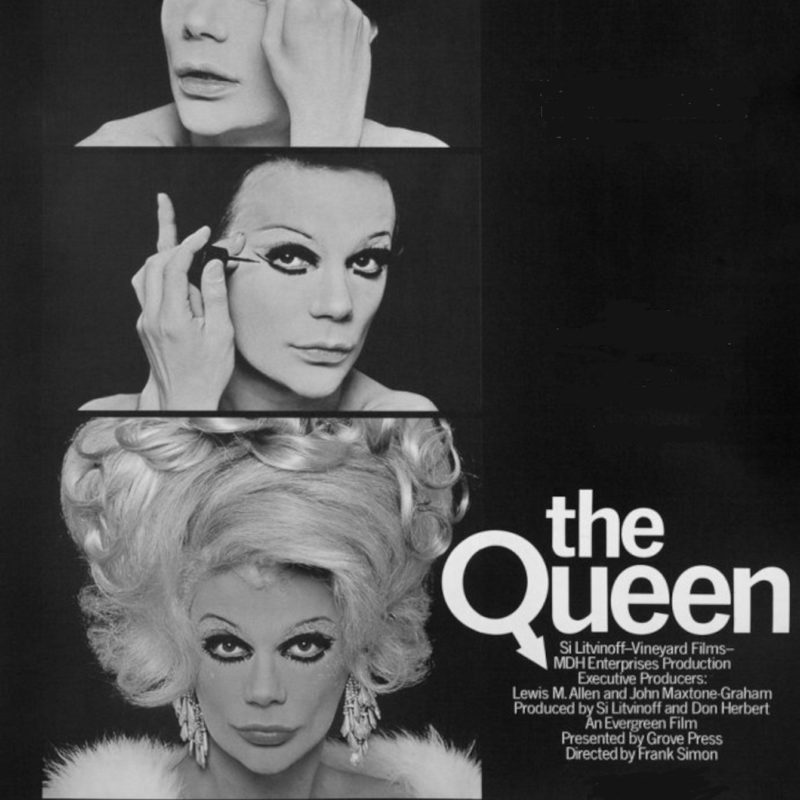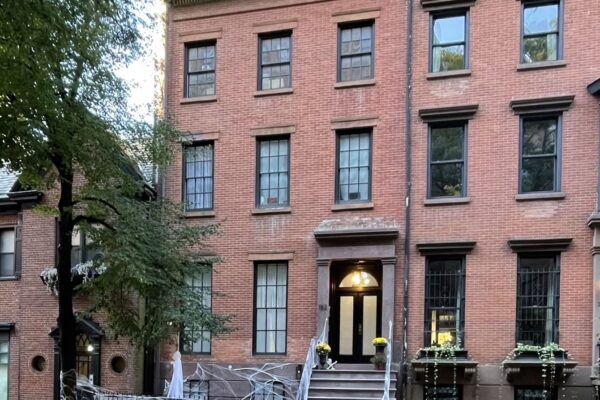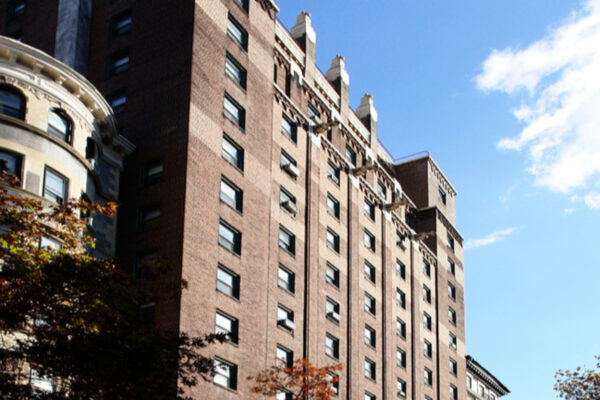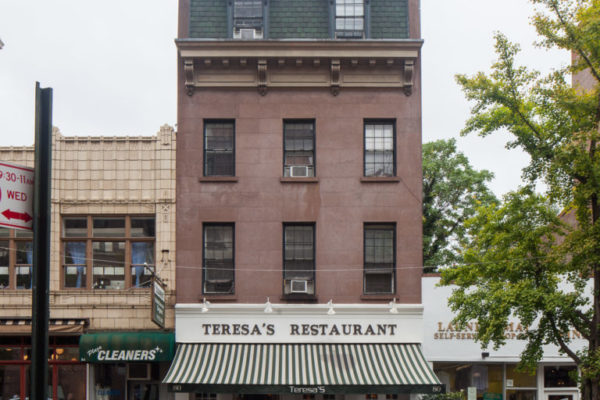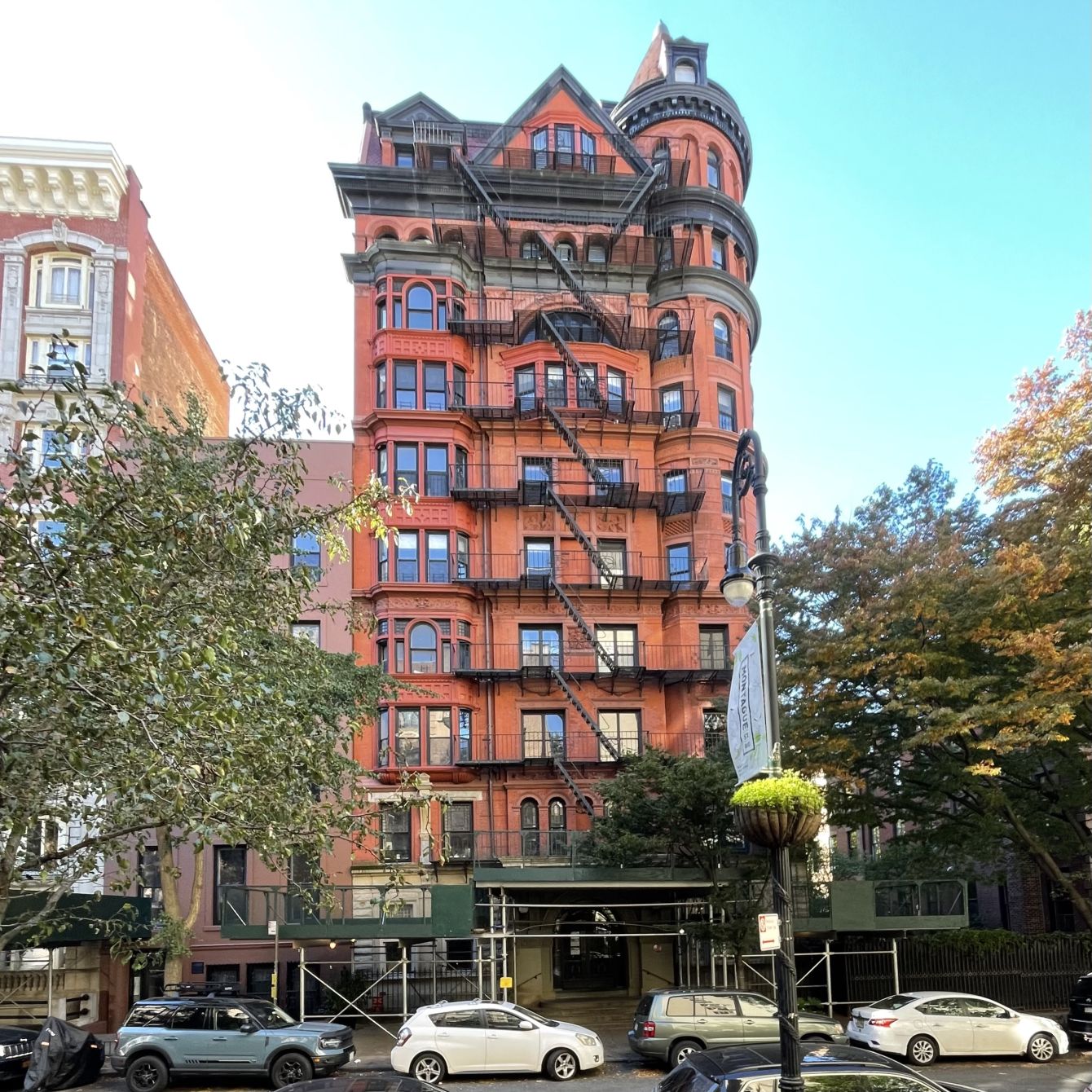
Willard Maas & Marie Menken Residence
overview
Bisexual poet-filmmaker-educator Willard Maas and his wife, visual artist-filmmaker Marie Menken, resided in this building from at least 1940 to their deaths in 1971 and 1970, respectively.
Founders of the influential Gryphon Group of experimental filmmakers, Maas and Menken were at the center of New York’s avant-garde artistic and literary scene from the 1940s through the 1960s, entertaining and sometimes giving temporary housing to a wide circle of friends that included Kenneth Anger, Andy Warhol, Gerard Malanga, and Edward Albee.
On the Map
VIEW The Full MapHistory
Willard Maas (Francis Willard Maas; 1906-1971) and Marie Menken (1909-1970) married in 1937. By 1940, they were living in this apartment building. Maas, who had published two well-regarded books of poetry, was working in publishing; Menken was a secretary and curatorial assistant to Hilla Rebay, the first director of the Guggenheim foundation and museum. Through her work at the Guggenheim, Menken became friends with the Scottish-born film animator Norman McLaren. Maas, who had discovered his attraction to men soon after his marriage to Menken, began an affair with McLaren, which developed into a ménage à trois with McLaren’s lover, the Canadian filmmaker, Guy Glover. McLaren and Glover soon left for Canada but they had awakened an interest in filmmaking in Maas and Menken. In 1943, they made Geography of the Body with a script and direction by Maas and camerawork by Menken. This film, which featured nude close ups of Maas, Menken, and British poet George Barker, became “one of the most widely screened experimental films in the the postwar years,” according to writer Jose A. Suarez. Maas followed with several more films with homoerotic themes in the 1940s through the 1960s, often made in collaboration with a male lover, and Menken, who continued to serve as cinematographer.
Maas and Menken were famous for their parties, which drew together a wide range of artists, writers, filmmakers, and intellectuals. One frequent guest was the surrealist poet-filmmaker Charles Henri Ford, a member of the Gryphon collective of experimental filmmakers, that, in addition to Maas and Menken, included Kenneth Anger, Charles Boultenhouse, and John Hawkins. It was Ford who brought Andy Warhol to his first party at the Maas-Menken penthouse in the early 1960s. At another party in 1963 Warhol met Maas’s former lover and protégé, the aspiring poet Gerard Malanga, who, over the next seven years, would play a crucial role in Warhol’s artistic productions. Eventually both Maas and Menken became part of Warhol’s Factory scene.
Their place had a big dining room where Willard and Marie would set out tons of food, and off that a living room which everybody loved because it was in one of the round turrets. Then there was a rooftop garden, and behind that a little cottage that they’d built as Marie’s own place.
Other members of the Maas-Menken circle included film critic Parker Tyler, artist Dwight Ripley, author Truman Capote, poets Frank O’Hara and Kenneth Koch, and playwright Tennessee Williams. Edward Albee became a frequent guest while participating in a writer’s conference at Wagner College that Maas organized in 1961. According to Menken, Albee “used to come here every time to eat and just sit and listen” while she and Maas drank and argued. She noted, “Then he wrote Who’s Afraid of Virginia Woolf. That’s supposed to be me and Willard arguing about my miscarriage.”
Despite their stormy relationship they remained committed to their partnership until Menken’s sudden death in December 1970, followed four days later by Maas’s fatal heart attack in January 1971.
Entry by Gale Harris, project consultant (May 2019), and made possible by the New York State Council on the Arts with the support of Governor Andrew M. Cuomo and the New York State Legislature.
NOTE: Names above in bold indicate LGBT people.
Building Information
- Architect or Builder: Montrose Morris
- Year Built: 1887
Sources
Andy Warhol and Pat Hackett, POPism: The Warhol Sixties (Orlando: Harcourt, 1980). [source of pull quote]
Francesca Balboni, “Marie and Me: Making Friends at the Archives,” paper presented at the College Art Association Meeting, New York City, February 15, 2019.
Juan A. Suarez, “Myth, Matter, Queerness: The Cinema of Willard Maas, Marie Menken, and the Gryphon Group, 1943-1969,” Grey Room 36 (Summer 2009), 58-87, bit.ly/2IgzmAz. [source of Suarez quote, 62]
Lee Manchester, “Who’s the Source for ‘Virginia Wolfe’?” Wagner Magazine, Winter 2013-14, bit.ly/2FRkGoV.
Marie Menken,” Underground Film Journal, bit.ly/2IkyWJs, accessed March 10, 2019.
Martina Kudlάĉek, Notes on Marie Menken, film, 2006; videodisc, Brooklyn, NY: First Run/Icarus Films, 2007.
Sam Bittman, “Marie, Willard Maas, Film-Makers, Die Here,” Brooklyn Heights Press and Cobble Hill News, January 7, 1971, 1, 4.
Winston Leyland, “Gerard Malanga: An Interview,” Gay Sunshine: A Journal of Gay Liberation, January-February 1974, 4-9.
Do you have more information about this site?
This project is enriched by your participation! Do you have your own images of this site? Or a story to share? Would you like to suggest a different historic site?
